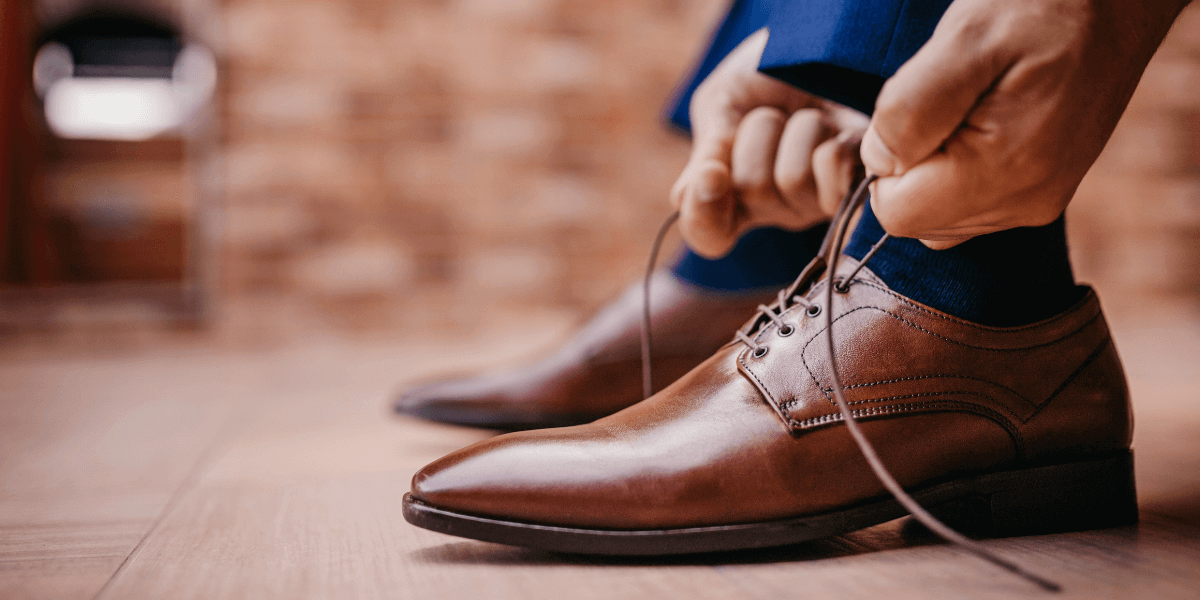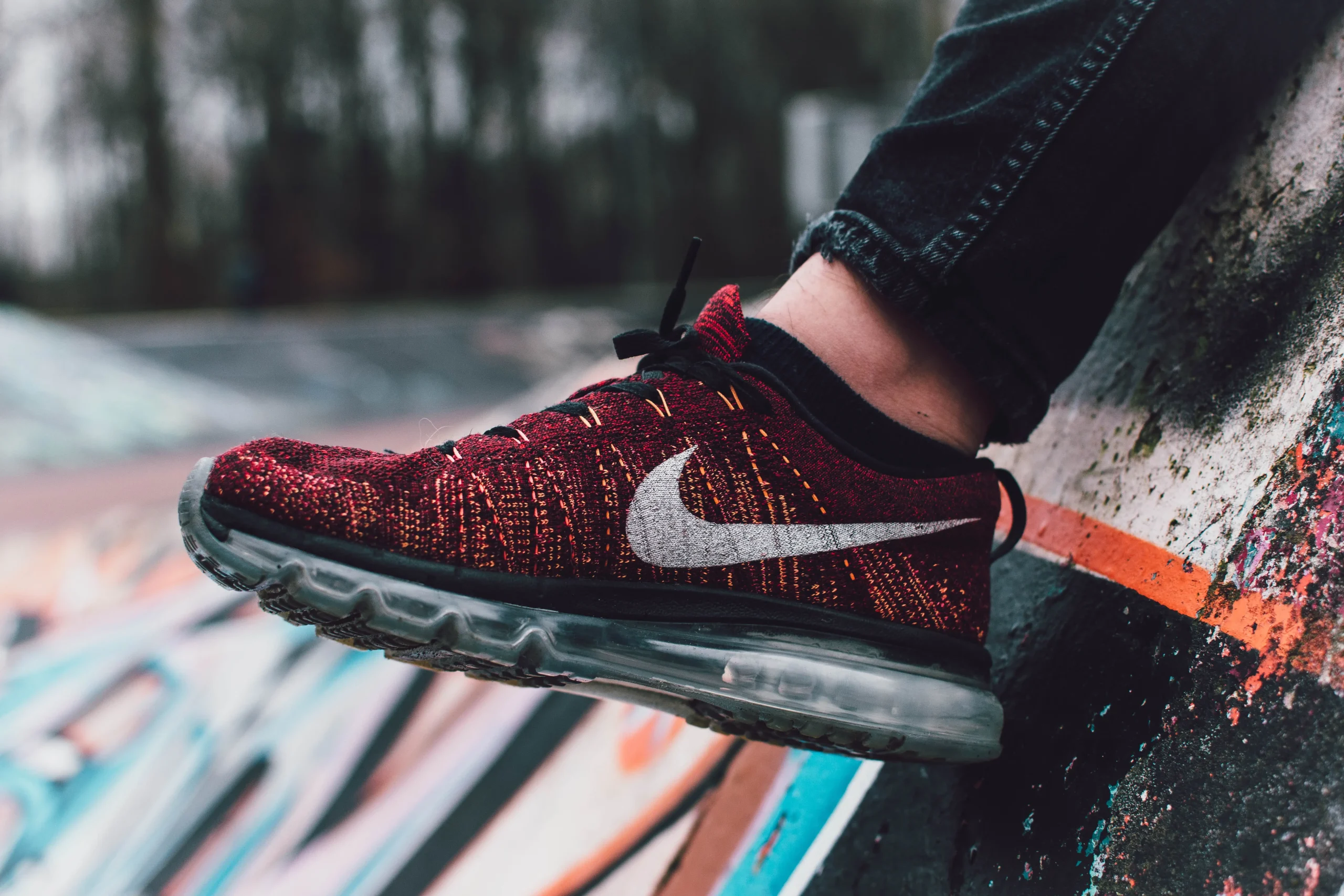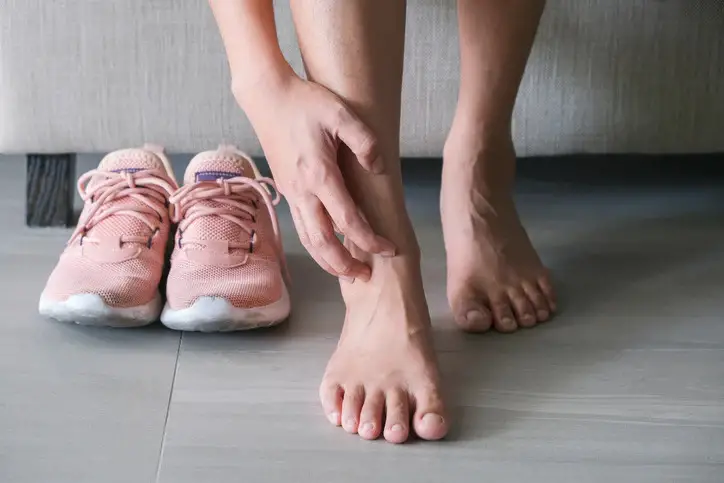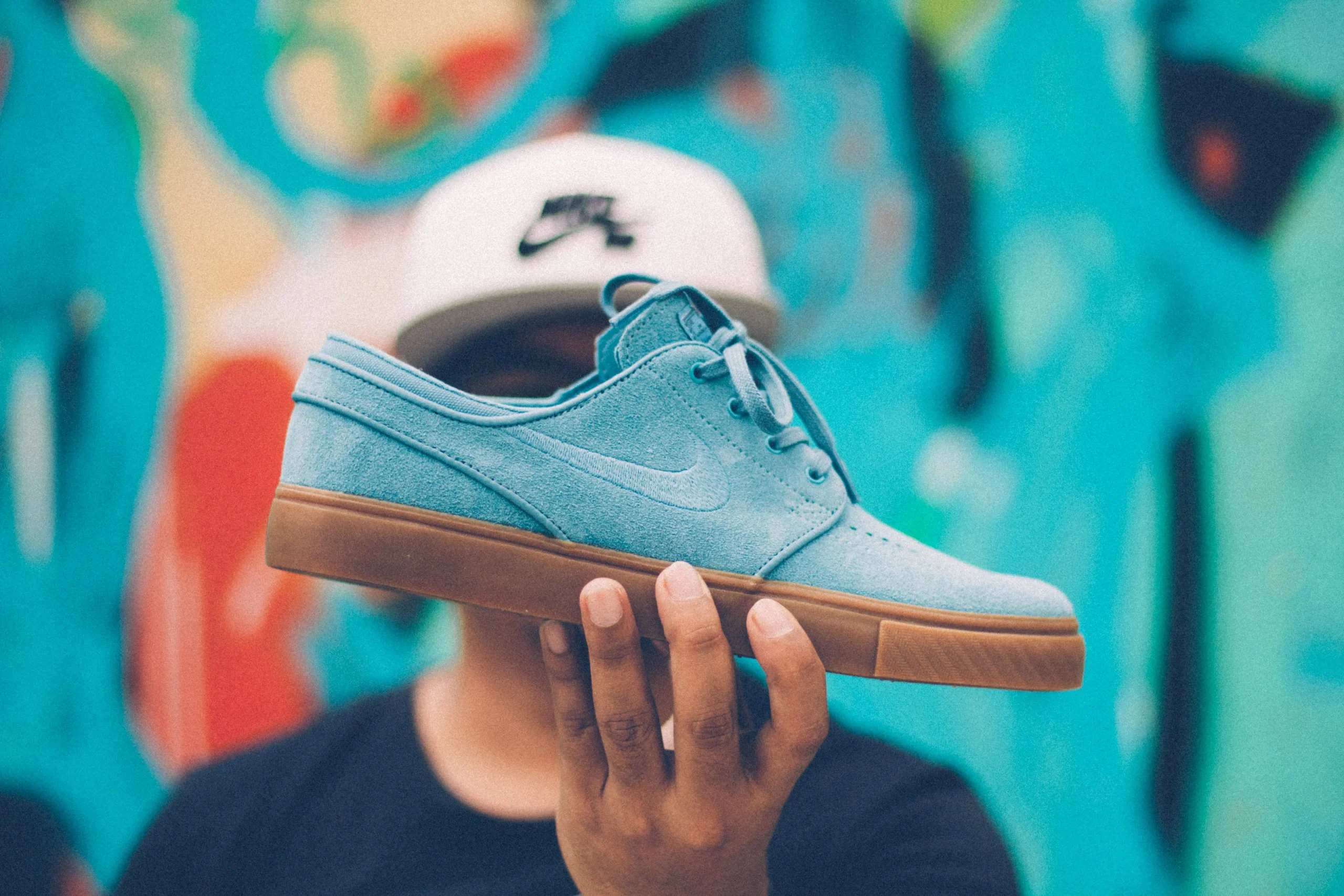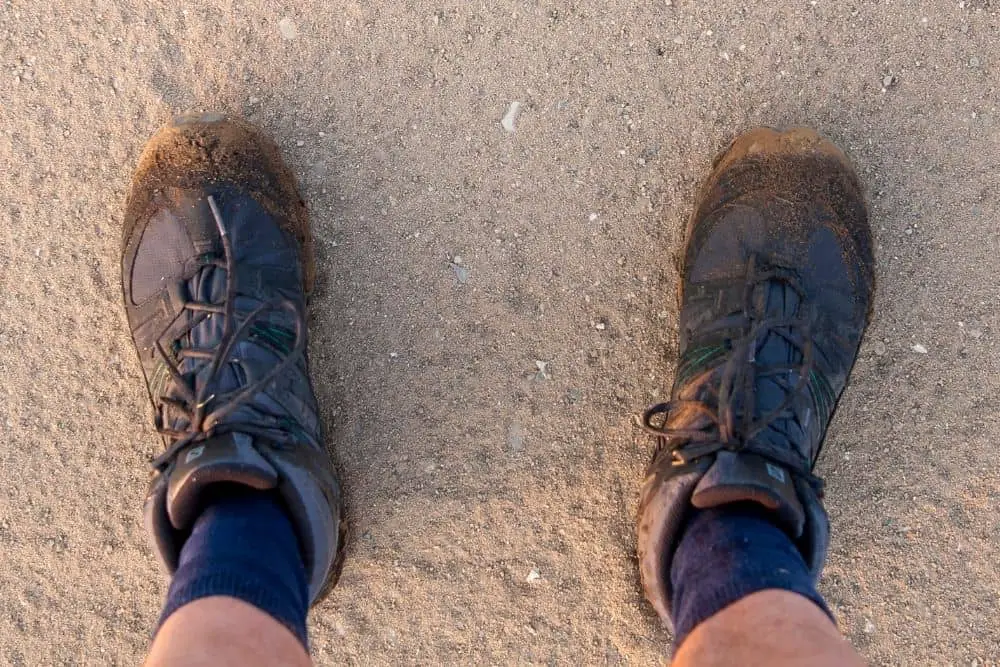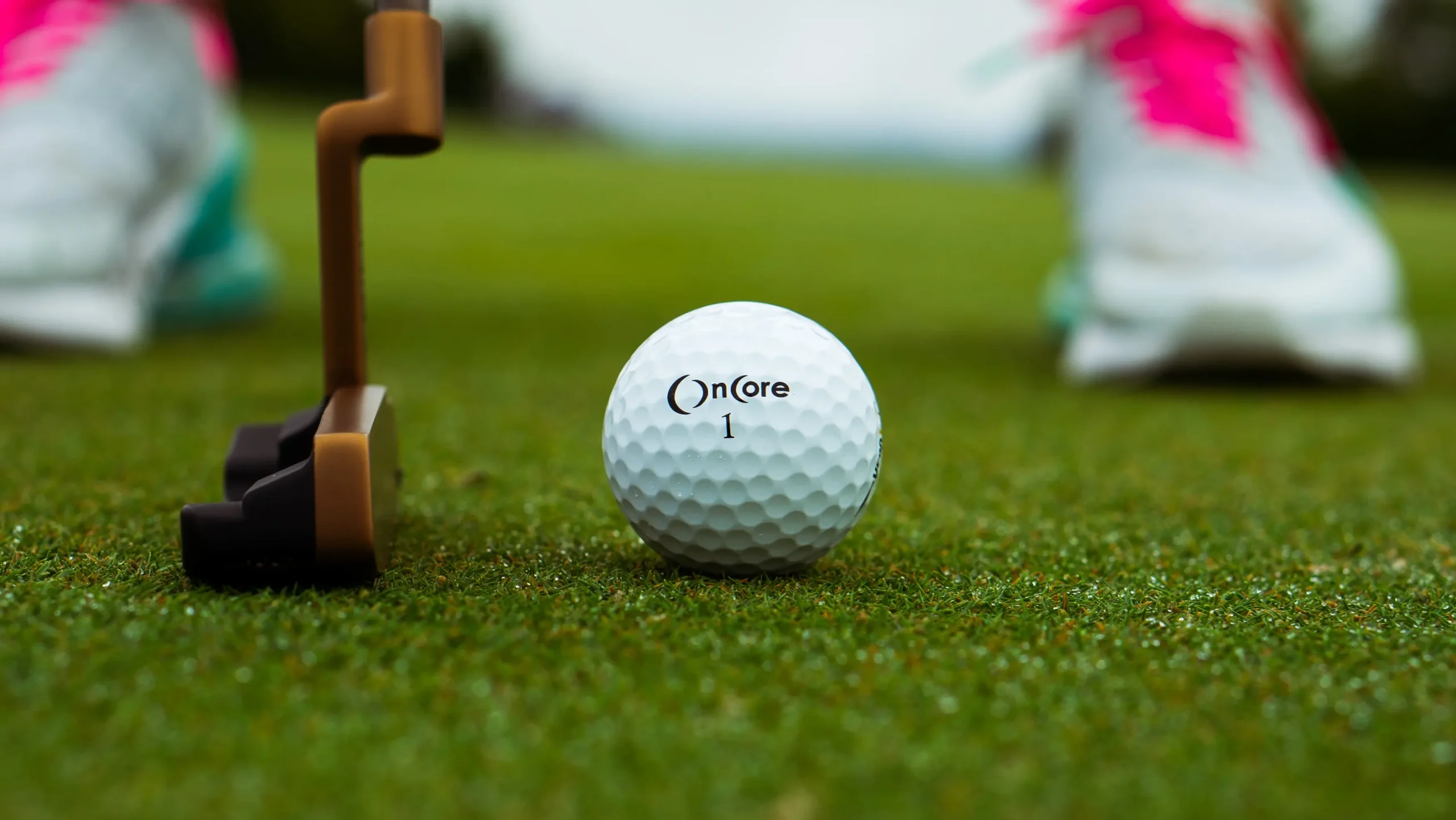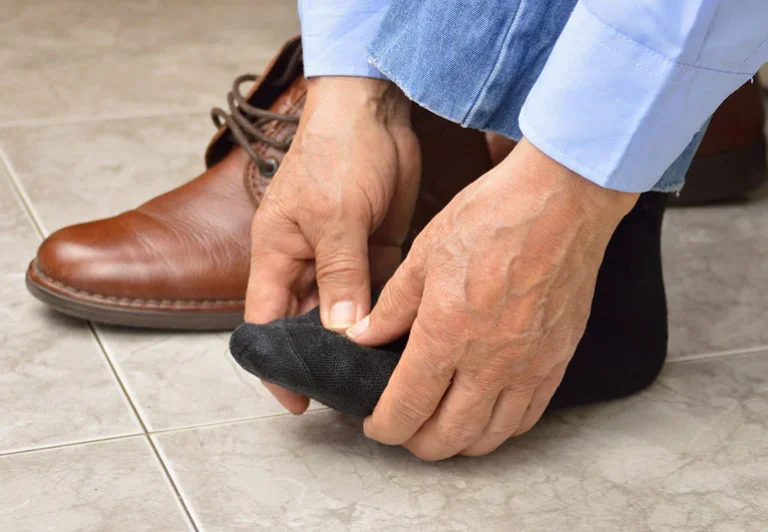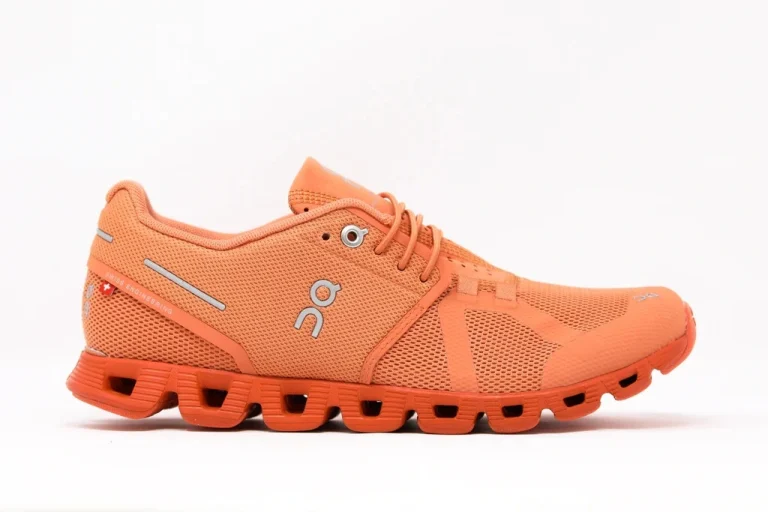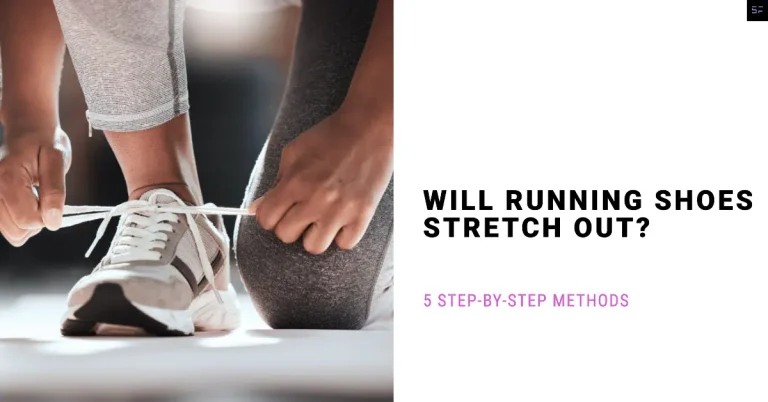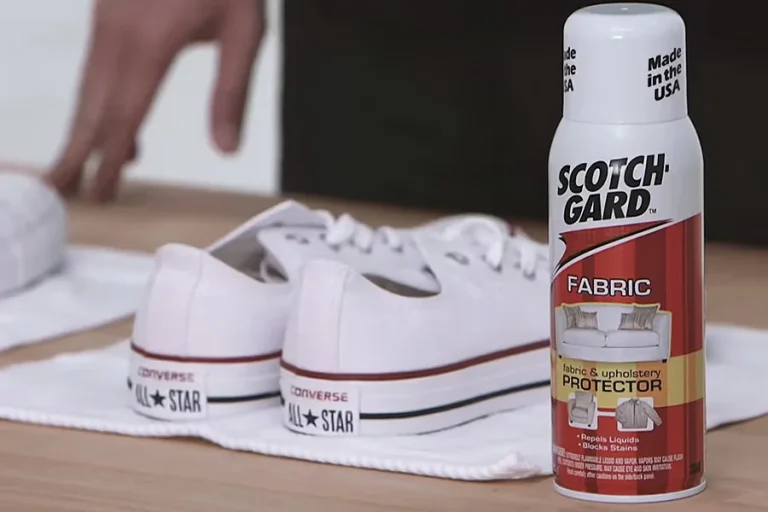Can Basketball Shoes Be Used For Tennis?
Basketball shoes and tennis shoes are both designed for athletic performance, but they have different features and benefits. Basketball shoes are designed for high-impact activities like jumping and rebounding, while tennis shoes are designed for lateral movements and quick changes of direction. So, can basketball shoes be used for tennis?
he short answer is yes, but they are not the ideal choice. Basketball shoes may be too bulky and heavy for tennis, and they may not provide the same level of lateral support and cushioning. However, if you are in a pinch and don’t have any other shoes, you can play tennis in basketball shoes for a short period of time.
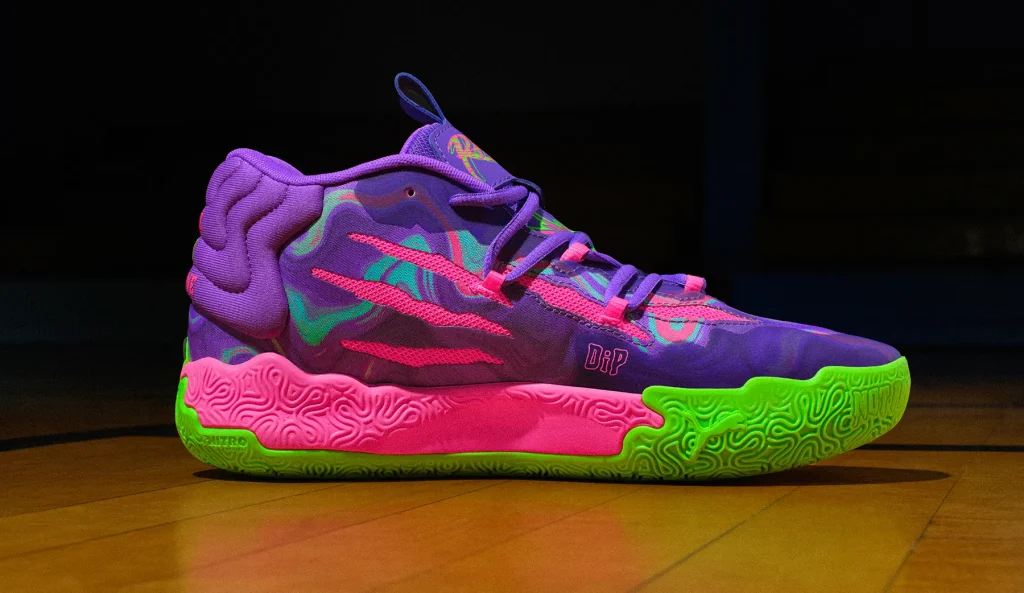
Compatibility of Basketball Shoes for Tennis
Basketball shoes and tennis shoes may appear similar at first glance, but they are designed for different sports with specific requirements. While both sports involve quick movements, lateral shifts, and high-impact actions, there are significant differences in court surfaces, movement patterns, and the demands placed on footwear.
Basketball shoes are primarily designed for indoor courts, whereas tennis shoes are designed for various court surfaces, including hard courts, clay courts, and grass courts. The traction pattern on basketball shoes is optimized for indoor courts, and the outsole may not provide the necessary grip on different surfaces encountered in tennis.
Furthermore, the high-top design of basketball shoes, which provides ankle support, may restrict the ankle mobility required for agile movements in tennis. Considering these factors, it is recommended to use tennis shoes for optimal performance and injury prevention on the tennis court.

Key Features of Basketball Shoes
Basketball shoes are engineered to provide ankle support, cushioning, and shock absorption. They typically have a high-top design to provide stability during jumps and lateral movements. The ankle support in basketball shoes is crucial for preventing ankle sprains and other injuries common in basketball.
The cushioning in basketball shoes is designed to handle high-impact landings and quick changes in direction. The midsole of basketball shoes is often made of materials like foam or gel to provide optimal cushioning and energy return.
In addition, basketball shoes feature a durable outsole with a traction pattern optimized for indoor courts. These key features make basketball shoes ideal for the specific demands of basketball, but they may not be suitable for tennis.
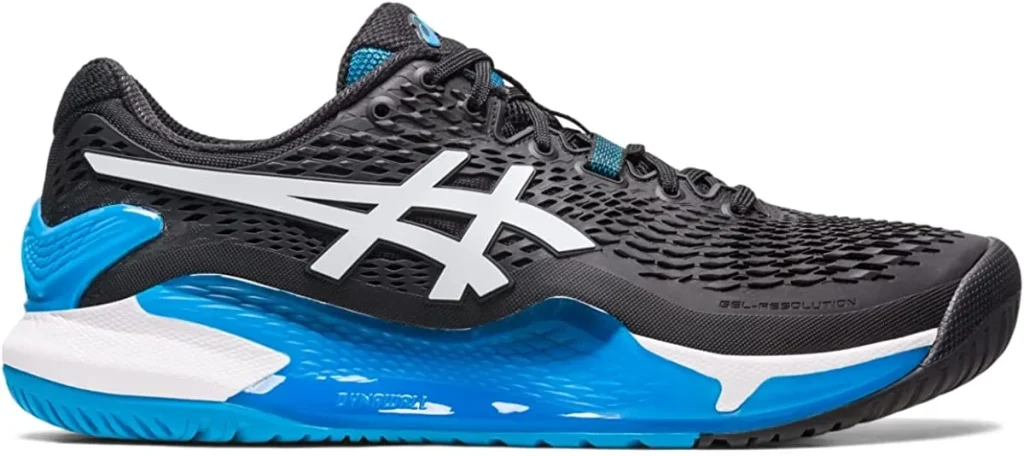
Key Features of Tennis Shoes
Tennis shoes are specifically designed to provide the necessary support, stability, and traction required for the sport. They are engineered to handle the quick lateral movements, frequent direction changes, and high-impact actions of tennis.
Tennis shoes typically have a lower-cut design compared to basketball shoes, allowing for greater ankle mobility and agility on the court. The outsole of tennis shoes features a durable rubber compound with a multi-directional traction pattern.
This traction pattern is designed to provide optimal grip on various court surfaces, such as hard courts, clay courts, and grass courts. Additionally, tennis shoes incorporate cushioning systems that offer both shock absorption and energy return, ensuring comfort and protection during intense matches.
The toe area of tennis shoes is often reinforced to enhance durability and protect against toe drag. These key features make tennis shoes the preferred choice for tennis players of all levels.
The Impact of Using Basketball Shoes for Tennis
Using basketball shoes on a tennis court can have several drawbacks. The traction pattern on basketball shoes may not grip well on clay, grass, or hard court surfaces, potentially leading to slips and falls. The lack of proper traction can significantly affect your movement and compromise your performance.

The high-top design of basketball shoes may restrict ankle mobility required for agile movements in tennis. Tennis involves quick changes in direction, lunges, and split steps, which require freedom of movement in the ankle joint.
The high-top design of basketball shoes, while providing ankle support, may hinder your ability to perform these movements efficiently and increase the risk of ankle sprains and other injuries.
Basketball shoes may not offer the same level of cushioning and shock absorption as tennis shoes, which are specifically designed to handle the high-impact nature of tennis. Considering these factors, it is important to use tennis shoes for optimal performance and injury prevention on the tennis court.
Read More: Best Basketball Shoes For Casual Wear
Read More: Best Basketball Shoes For Ankle Support
Must Read: Best Women’s Tennis Shoes For Flat Feet
Must Read: 5 Best Tennis Shoes For Achilles Tendonitis
The Differences Between Basketball And Tennis Shoes
Basketball and tennis shoes are designed for different sports and have distinct features that cater to the specific needs of each sport. Here are the key differences between basketball and tennis shoes:
Sole Design
Basketball Shoes: Basketball shoes have a thick and cushioned sole to provide shock absorption. And support for high-impact movements like jumping and landing. The outsole often features a herringbone pattern to enhance traction and grip on the court.
Tennis Shoes: Tennis shoes have a flatter and more durable sole to withstand the lateral movements required in tennis. The outsole is designed with a combination of patterns like herringbone. And pivot points to provide traction on different court surfaces.
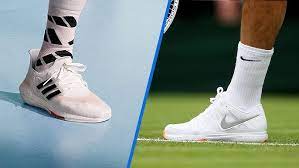
Upper Construction
Basketball Shoes: Basketball shoes typically have a high-top or mid-top design that extends above the ankle to provide stability and support for quick lateral movements. The upper is often made of synthetic materials or leather to offer durability and protection.
Tennis Shoes: Tennis shoes usually have a low-top or mid-top design that allows for greater freedom of movement. The upper is made of lightweight and breathable materials like mesh or synthetic leather to offer flexibility and ventilation.
Cushioning And Support
Basketball Shoes: Due to the high-impact nature of basketball, these shoes have more cushioning in the midsole and heel areas to absorb shock and provide comfort during jumps and landings. They also offer additional ankle support through padded collars or straps.
Tennis Shoes: Tennis shoes focus more on lateral support and stability as players make frequent side-to-side movements. They have less cushioning in the midsole but provide excellent support around the midfoot and heel to prevent excessive rolling or twisting.
Weight
Basketball Shoes: Basketball shoes are generally heavier compared to tennis shoes due to the additional cushioning and support required for the sport.
Tennis Shoes: Tennis shoes are lighter in weight to allow for quick movements and agility on the court.
Durability
Basketball Shoes: Basketball shoes are built to withstand the rigorous demands of the sport, including constant jumping and cutting. They are designed with durable materials and reinforced areas to ensure longevity.
Tennis Shoes: Tennis shoes are designed to withstand the abrasive nature of the court surface and frequent lateral movements. They have reinforced toe caps and durable outsoles to enhance their lifespan.

Conclusion
Basketball and tennis shoes may appear similar, but they are designed with distinct features to enhance performance in their respective sports. Choosing the right footwear for tennis is crucial to optimizing performance, preventing injuries, and ensuring a comfortable playing experience. So, when it comes to tennis, it’s best to leave the basketball shoes on the basketball court and invest in a pair of tennis shoes for the best results.
Basketball shoes prioritize cushioning, ankle support, and shock absorption, while tennis shoes emphasize lateral stability, durability, and flexibility. Understanding these differences can help athletes choose the appropriate footwear for their specific sport. Ensuring the best performance and injury prevention.




